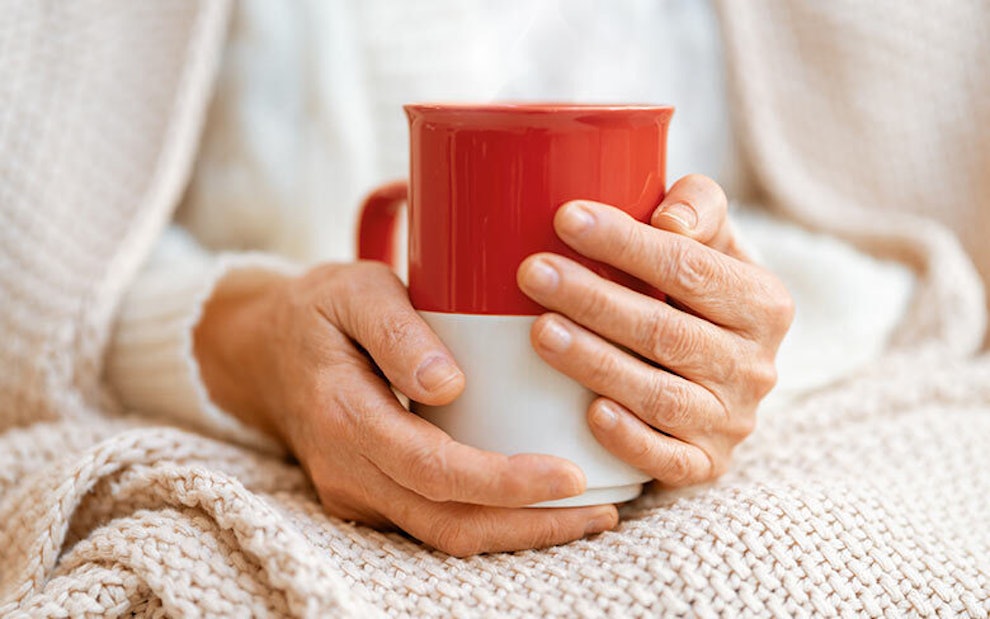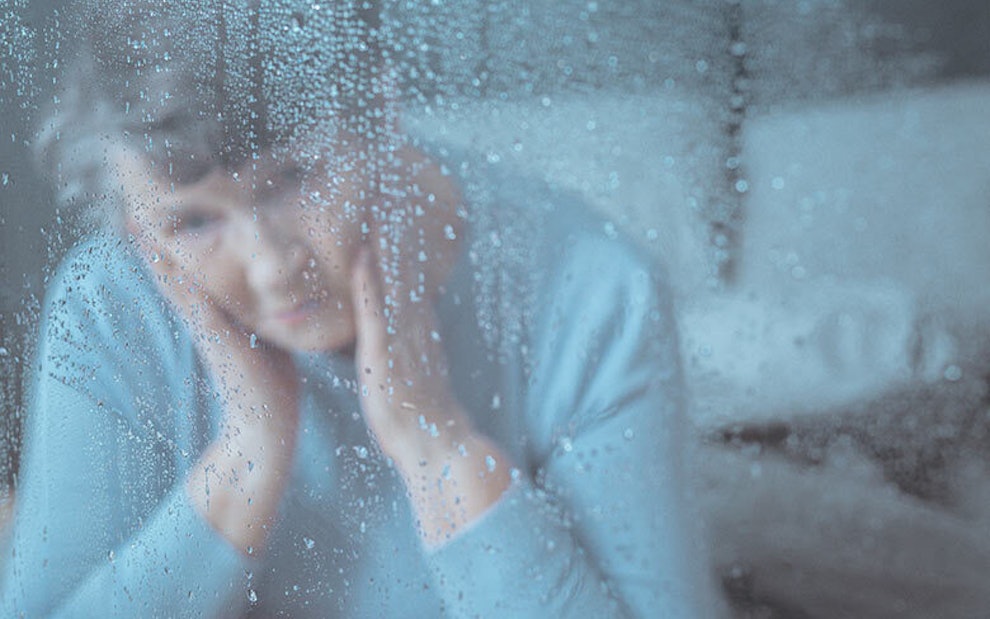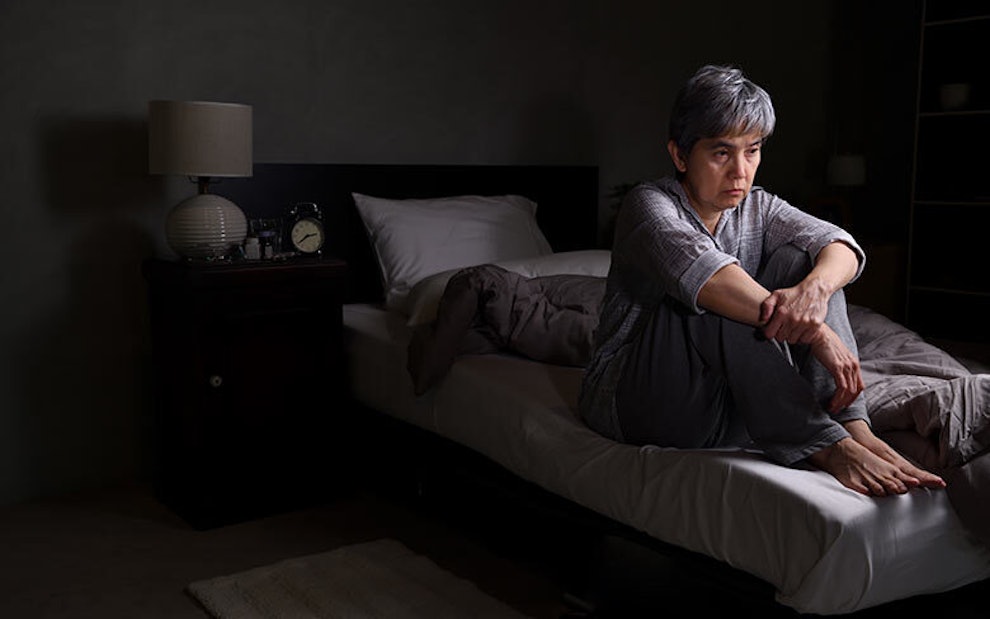The winter blues: reach out and touch someone
Article at a glance
Winter is coming, and for some people, it can bring a change in mood.
The winter blues can be easily confused with Seasonal Affective Disorder (SAD)
Not everyone gets gloomy during the winter. Some people, such as women, are more at-risk.
It can be quite difficult to go through a whole day without socializing with someone.
Even though you can’t control the changing of the seasons, you can control what you do about it.

For some of us, winter means celebrating the big holidays: Thanksgiving, Christmas, and New Year’s. The smell of turkey baking in the oven, the taste of hot cocoa in front of a warm fireplace, the sound of Christmas jingles playing almost everywhere, and the sight of bright fireworks in the sky — all signal that we’re in the last months of the year. But with this seemingly cheerful and cozy atmosphere come shorter, colder, and darker days which can also give off a sense of gloominess and loneliness. What is it about the winter months that can make us feel this way? And what can we do to avoid this?
What are the winter blues?
The winter blues are a common feeling people experience during the fall and winter months, the time of the year when the days start becoming shorter and colder. You may slowly notice a shift in your mood, causing you to feel more glum or lethargic than usual. Despite this change in mood, the winter blues typically won’t stop you from doing activities that you love. But if they start interfering with important aspects of your life such as how you handle your work and how you feel about your personal relationships, it may be a sign that you have more than just the winter blues.
What’s the difference between the winter blues and seasonal affective disorder?
Some sources use the terms “winter blues” and “seasonal affective disorder” interchangeably, while others define the winter blues as a milder form of seasonal affective disorder (SAD).
It’s important to recognize that SAD is more than just feeling gloomy or unlike your usual self. It’s a subtype of major depressive disorder (also known as MDD, clinical depression, or simply, depression). The winter blues and SAD are similar in many ways, except that SAD can happen during any time of the year, and its presentation is more severe compared to the winter blues. A person who experiences depressive episodes during the fall and winter months (typically from September to February) is said to have winter depression or winter-pattern SAD, while someone who experiences depression during the spring and summer months (typically from March to August) has what’s called a summer-pattern SAD or summer depression.
For the purposes of this article, the winter blues and SAD will be referred to separately and will not be used interchangeably.

What causes the winter blues?
The exact cause of the winter blues remains unclear. However, lower exposure to natural light during the winter and fall months is thought to play a part in both the winter blues and winter-pattern SAD. Sunlight has an important role in regulating your sleep-wake cycle (also known as the circadian rhythm), and it also helps increase the levels of certain chemicals in your body. Therefore, less sunlight can cause a number of problems that can affect your mood, such as:
disruption of your circadian rhythm, which can interrupt your body’s internal clock and cause you to feel gloomy
a drop in your serotonin levels (a chemical that regulates your mood, emotions, appetite, as well as digestion) that can trigger episodes of low mood
an imbalance in your melatonin levels (a chemical produced mostly at night that promotes sleep), which can alter your sleep patterns and mood
What are the symptoms of the winter blues?
Just like with any other health condition, it’s important to recognize the symptoms of the winter blues (as well as those of SAD), so that you can promptly make changes to prevent it from getting worse. Symptoms of the winter blues include:
general sadness
lack of energy
difficulty sleeping
feeling less social than usual
difficulty taking initiative
On the other hand, symptoms of SAD may include:
oversleeping
overeating
depressed mood most of the day, almost every day
loss of interest in things you used to enjoy
self-imposed isolation from friends and family
difficulty concentrating and performing at work and at home
constant fatigue and lethargy
feelings of hopelessness about the future
having thoughts of death and suicide

Who is at risk for the winter blues?
Based on what’s known so far, anyone who experiences the shortened days of fall and winter can be at risk of the winter blues. However, the same can’t be said for SAD. Women are more likely to develop SAD than men due to fluctuating hormone levels, and those who live farther north such as Alaska and New England, are more at risk because of shorter daylight hours during the winter. The majority of the time, SAD begins during early adulthood. It can also sometimes run in families, and it’s more common in those who have a personal or family history of other mental illnesses like bipolar disorder, anxiety disorder, and schizophrenia.
The importance of social interaction for your mental health
All humans are inherently social beings. It’s almost impossible to imagine living life without interacting with other people. Research shows that having strong social ties is actually correlated with having a longer life, while social isolation and loneliness are linked to poorer health, depression, anxiety, and an increased risk of early death. Socializing with other people is important for both your physical and mental health. It can help get rid of feelings of loneliness, sharpen your memory and thinking skills, and increase your sense of happiness and well-being. According to one research study, women, the elderly, people with chronic health conditions, employees, and students need more social support. However, the research also shows that interacting with other depressed individuals while you’re experiencing feelings of depression can increase your exposure to dysfunctional attitudes that may result in developing more depressive symptoms. Therefore, the quality of your social interactions can be more important than the quantity.

Other remedies to beat the winter blues
Aside from maintaining a healthy social life, here are other remedies for the winter blues and SAD that you can try.
Let the light in
Because a lack of sunlight seems to play a role in the development of the winter blues, it only makes sense that you should let natural light in as much as you can. However, this doesn’t mean staying under the sun all day, as this can also be harmful to your health. Letting the light in can be as simple as opening your blinds or curtains in the morning, or taking a quick walk outdoors with proper sunscreen protection. If these don’t work for you, your doctor may recommend you get a light therapy box. A light box works by mimicking natural light, which may help cause the same chemical changes that sunlight does in your brain. But before getting one, speak with your doctor first, as there are many different types available, and improper use may cause harm.
Watch your diet and stay active
Eating the right proportions of carbohydrates, dairy, proteins, fruits, and vegetables is not only important for your physical health but can help boost your energy and mood as well. Combine this with a good amount of exercise like stretching and walking to release endorphins, the chemicals from your body that help uplift your mood.
Anticipate events and stick to a schedule
Planning for and anticipating events can help give you positive feelings like excitement. It can be as big as an upcoming vacation, party, or family gathering, or even as small as waiting for a package or redecorating your bathroom. It’s also important that you stick to your normal routine and not cancel plans even when you feel tempted to just stay home to avoid socializing.
Go through your to-do list
Having a to-do list and being able to cross each item off the list can help you feel accomplished and motivated.
Listen to your body
One of the most important things to do is to listen to what your body is telling you. If you’re aware that you tend to feel gloomy during this time of the year, take preemptive measures and plan ahead. Get involved in a hobby or volunteer work, join an exercise class, or set up a regular date to catch up with a friend.
Whether you have the winter blues or SAD, they’re both equally treatable. Although the winter blues are a milder form of SAD, they can still have a big impact on your life. Don’t hesitate to talk to your doctor, especially if you feel like you just can’t shake off that feeling of gloominess. There are plenty of ways your doctor can help you, such as with a referral to therapy and prescribing certain medications. Having a good support system can also help, so make sure to keep your friends and family close.
Sources
https://www.bbrfoundation.org/blog/winter-blues-or-seasonal-affective-disorder
https://www.nimh.nih.gov/health/publications/seasonal-affective-disorder
https://www.pbsnc.org/blogs/science/sunlight-happiness-link/
https://www.kmhpbs.org/mental-health/how-does-human-interaction-affect-mental-health.html
https://www.concordialm.org/blog/7‑tips-to-help-seniors-beat-the-winter-blues
Become a patient
Experience the Oak Street Health difference, and see what it’s like to be treated by a care team who are experts at caring for older adults.




